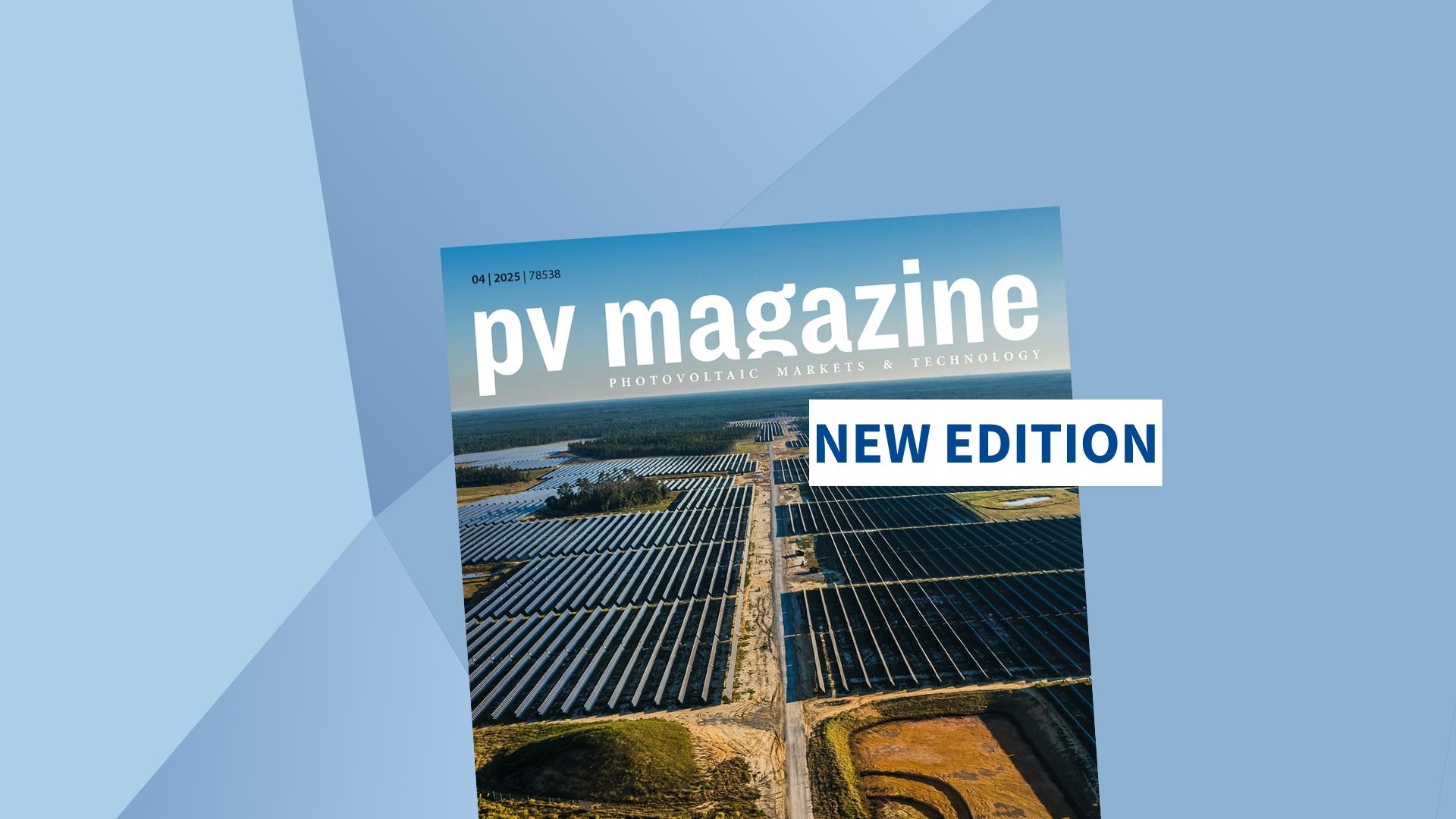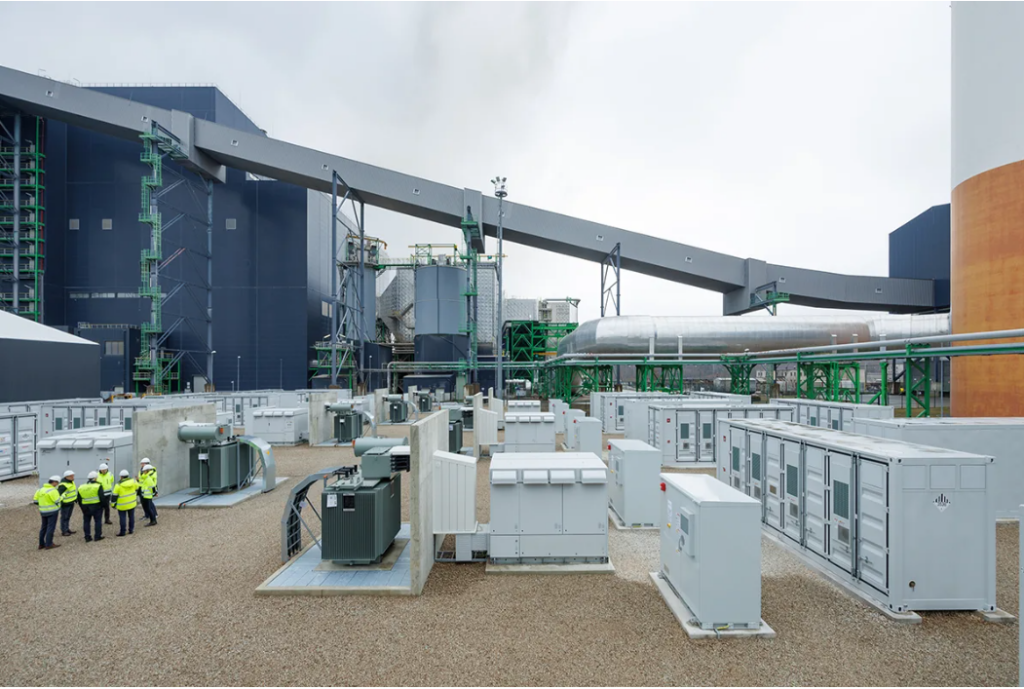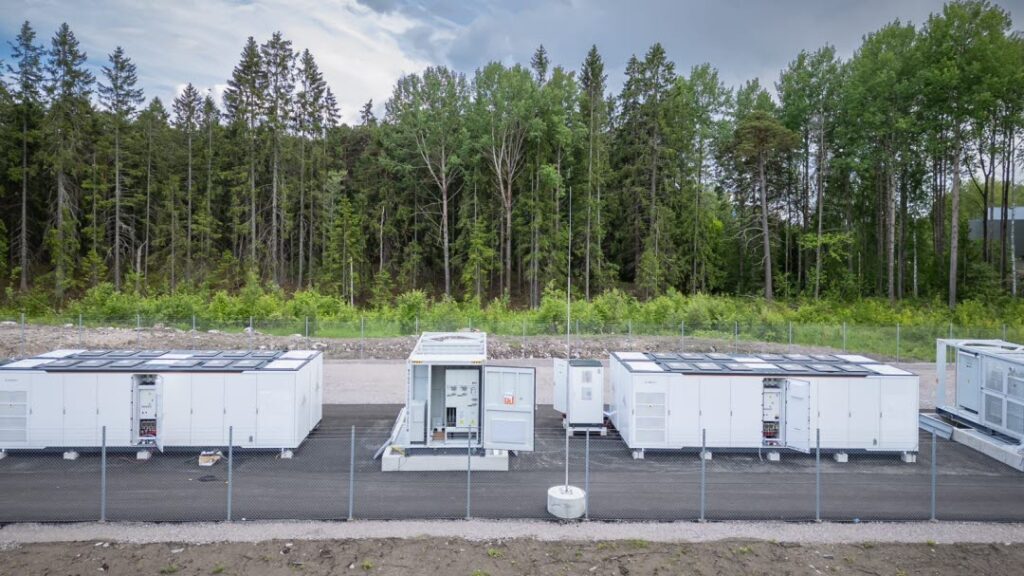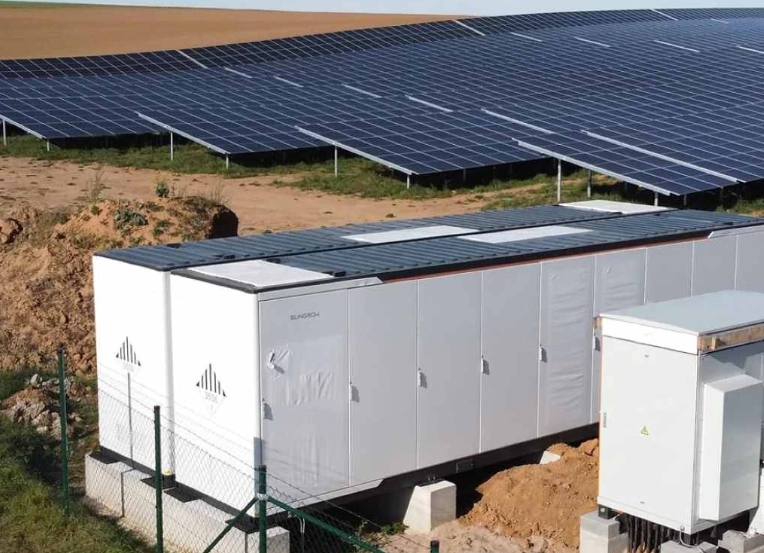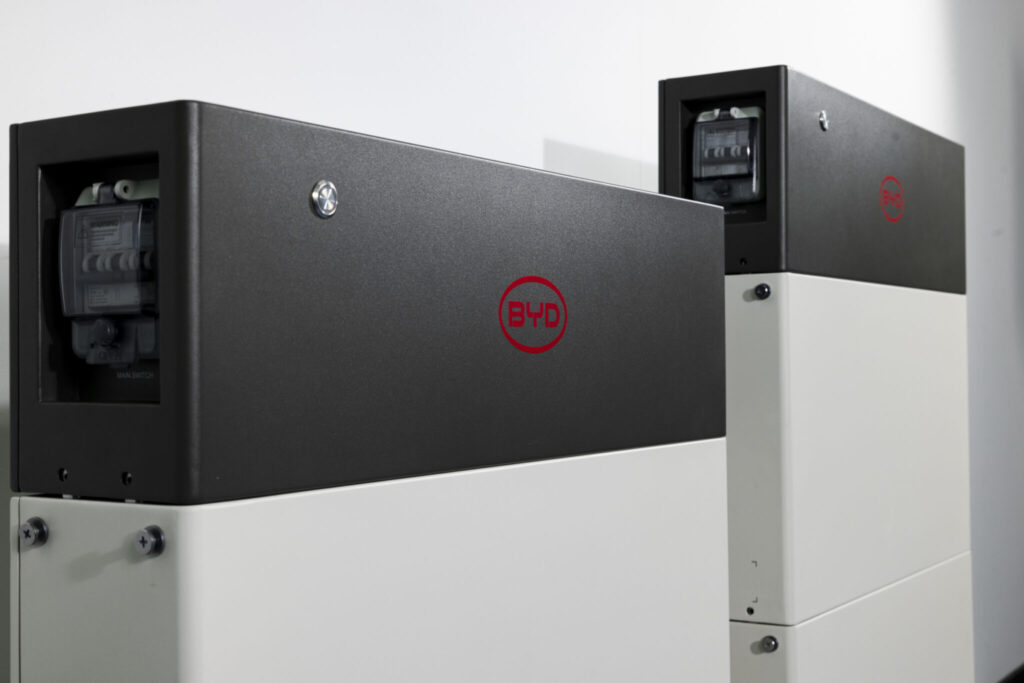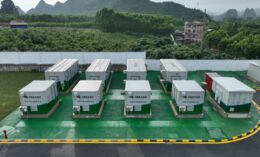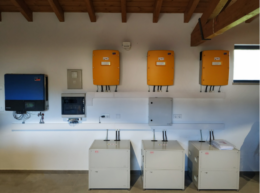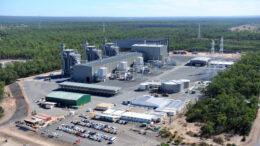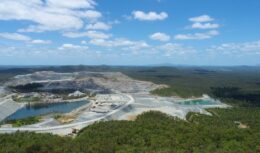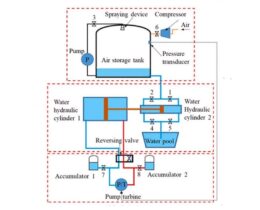Colbún proposes 800 MW desalinated water-powered pumped storage project in Chile
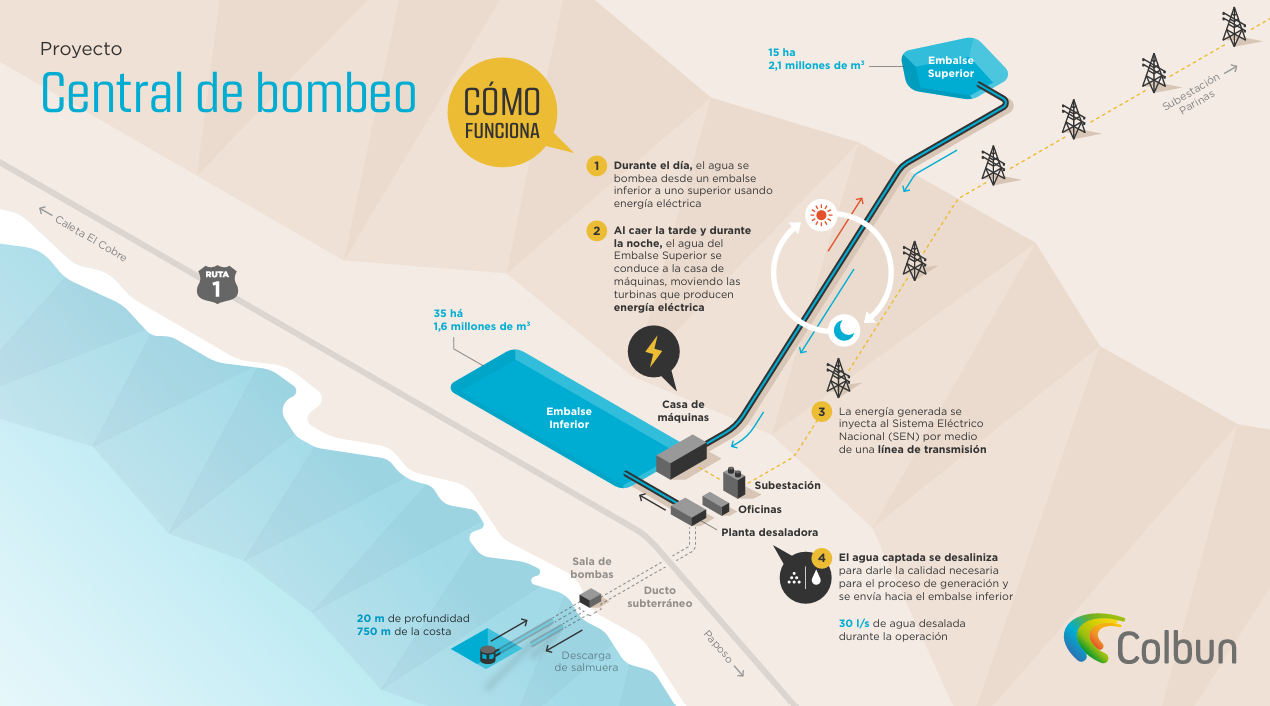
Pumped hydro (PHES) has long been the dominant energy storage technology wordwide, but today’s rapidly growing battery energy storage fleet looks set to overtake the throne. According to some industry indsiders, the switch at the top in terms of gigawatts of power installed is likely to already happen next year as batteries become as mature and bankable an asset class as the much more established PHES.
Meanwhile, the global PHES pipeline of projects continues to grow. One of the latest major announcements has come from Chilean utility Colbún. The company has revealed plans to tap into the Pacific Ocean for its proposed 800 MW pumped-storage hydropower plant in the northern part of the country.
PHES facilities store and generate electricity by moving water between two reservoirs at different elevations. Colbún’s proposed Paposo Pumping Central energy storage project aims to create a power station that will circulate desalinated water between its lower and upper reservoirs to store and release excess renewable energy.
Colbún has submitted the environmental impact study for the Paposo project, which, if approved, would become the first electricity generation initiative in Latin America based on a closed circuit of desalinated water recirculation. It would allow almost half a million households access to clean and sustainable energy.
There is no project like this in Latin America that is so sustainable and efficient.
“This is a relevant project not only for Colbún, but for the country’s energy transition, because it represents an innovative and pioneering storage solution, which is key to continue increasing the penetration of variable energy sources, such as solar and wind. There is no project like this in Latin America that is so sustainable and efficient, using few cubic meters of desalinated water, allowing energy to be stored and used when it is most needed,” said José Ignacio Escobar, CEO of Colbún.
Price tag of $1.4 billion
The Paposo Pumping Central project, located in the located in the Antofagasta region, would come with a price tag of $1.4 billion. It would feature a desalination plant with a maximum production capacity of 90 liters per second during construction (for filling the reservoir), and then 30 liters per second during operation to compensate for water losses due to evaporation and internal consumption.
The project will feature two reservoirs: an upper one that will be located 1,500 meters above sea level, located on the coastal cliff taking advantage of the natural morphology of the terrain; and a lower reservoir at the foot of the cliff where the generation turbines will be housed.
During the afternoon, night, and early morning, the water will descend from the upper reservoir to the lower one, generating energy that will be injected into the system. During the day, the facility will take energy from the grid to raise water from the lower reservoir to the upper one, Colbún explains.
The company is looking to receive feedback on its environmental impact study this week. If approved, the project will break ground in mid-2026. It is slated for commissioning in the second half of 2029. According to Colbún, the plant will generate approximately 1,800 GWh per year.

